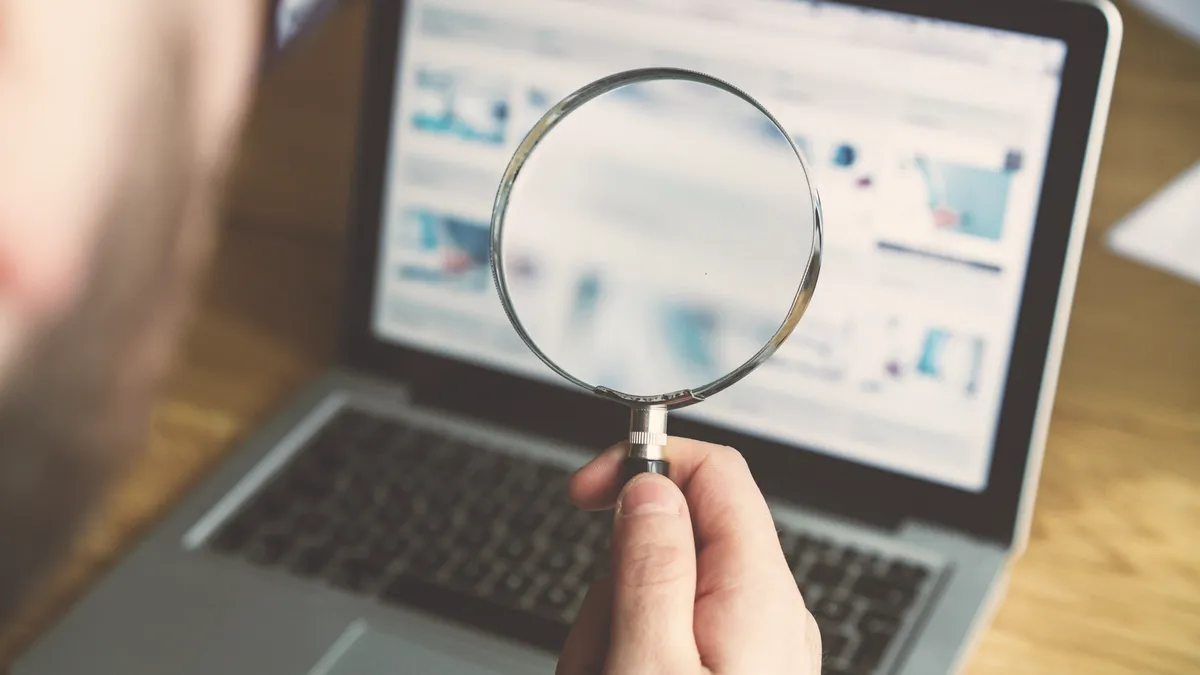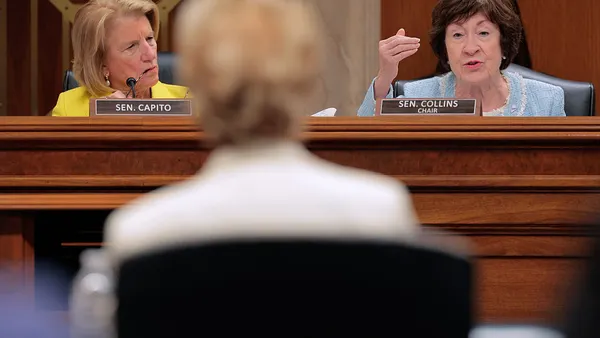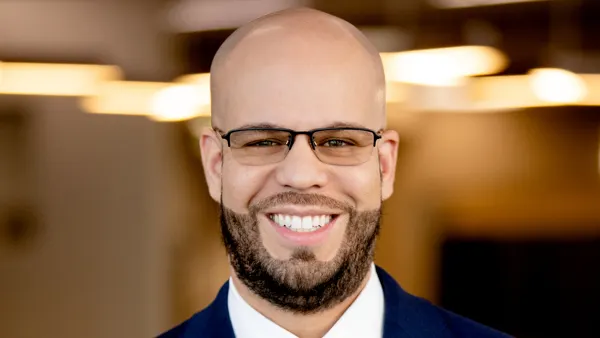Dive Brief:
- Software that tracks students' online activity is more often flagging incidents that lead to disciplinary action and law enforcement interactions rather than resulting in efforts to make students safer, according to a survey of students, parents and teachers by the Center for Democracy & Technology, a nonprofit that advocates for human rights in technology.
- Some 78% of teachers whose schools use monitoring software said students have been flagged for violating disciplinary policy while 54% of teachers polled said monitoring software was used to refer students to a counselor, therapist, or social worker for behavior-related interventions.
- This imbalance should lead school officials to consider ways to minimize harmful risks monitoring software can cause to students' civil rights, as well as to limit the unnecessary involvement of law enforcement, said Elizabeth Laird, director of the Equity in Civic Technology Project at CDT.
Dive Insight:
Education leaders and technology experts have been trying to find better practices for monitoring student online activity to prevent acts of violence while limiting unnecessary surveillance. More needs to be done to eliminate the harms, CDT said in a report about the survey results.
The survey also raised concerns about student monitoring activity leading to students of color being disproportionately disciplined, as well as the sexual identity of students being disclosed without their consent. For example, 48% of Black students and 55% of Hispanic students reported that they or another student at their school got disciplined as a result of student online monitoring, compared to 41% of White students.
The center surveyed 1,606 6th- to 12th-grade parents, 1,008 6th- to 10th-grade teachers, and 860 9th- to 12th-grade students. The online surveys were conducted in May and June. Student online monitoring activity can include tracking the contents of emails, internet search queries and more.
More teachers say monitoring is used for discipline
The center's report said as schools use technology to keep students safe, they should mitigate the disproportionate negative impacts of overbroad policing and surveillance. An especially concerning discovery from the survey was that 44% of teachers whose school uses monitoring software said students have been contacted by law enforcement due to a monitoring alert, said Laird.
"I think a trend that we see with all of this is sort of a lack of transparency around how these tools work, who has access to it, what are they doing with it," Laird said.
A Student Privacy Pledge promoted by educators, privacy advocates and ed tech leaders encourages ed tech companies to promise to only collect, use, share and retain students' private information for purposes authorized only by a school system, teacher or parent and student.
The survey did not specify the type of monitoring software in use, but did ask about monitoring software for school-issued devices and personal devices. While 89% of teachers said their schools track student activity on school-issued devices and/or personal devices, they said 80% of monitoring occurs on school-issued devices, compared to 18% on personal devices.
Of the teachers responding to the survey whose school uses monitoring software, 31% said they have received guidance about how to use the systems.
Some 65% of teachers in schools using monitoring software said they are responsible for following up on one or more of six types of alerts, which range from “tracking productivity/making sure students are staying on task” to "determining if a student is in need of urgent intervention to keep others safe."
Teachers concerned most with monitoring for cheating
Laird said she hopes education leaders use the report to better understand the potential harms of student monitoring software that can undermine efforts to keep students safe.
"You have to look at both the potential of data technology to help and weigh it against the risks," Laird said. "I think what schools are up against is just an incredible amount of pressure and urgency and demand to keep students safe."
Laird said explicit guidance to school systems about using existing laws that protect students' rights in online settings is needed. She hopes the U.S. Department of Education expands on recent discipline guidance for students with disabilities that emphasized discipline protections under the Individuals with Disabilities Education Act extend to virtual settings.
"Some of the student monitoring activity meant to support students actually is harming them through discipline practices," Laird said.












